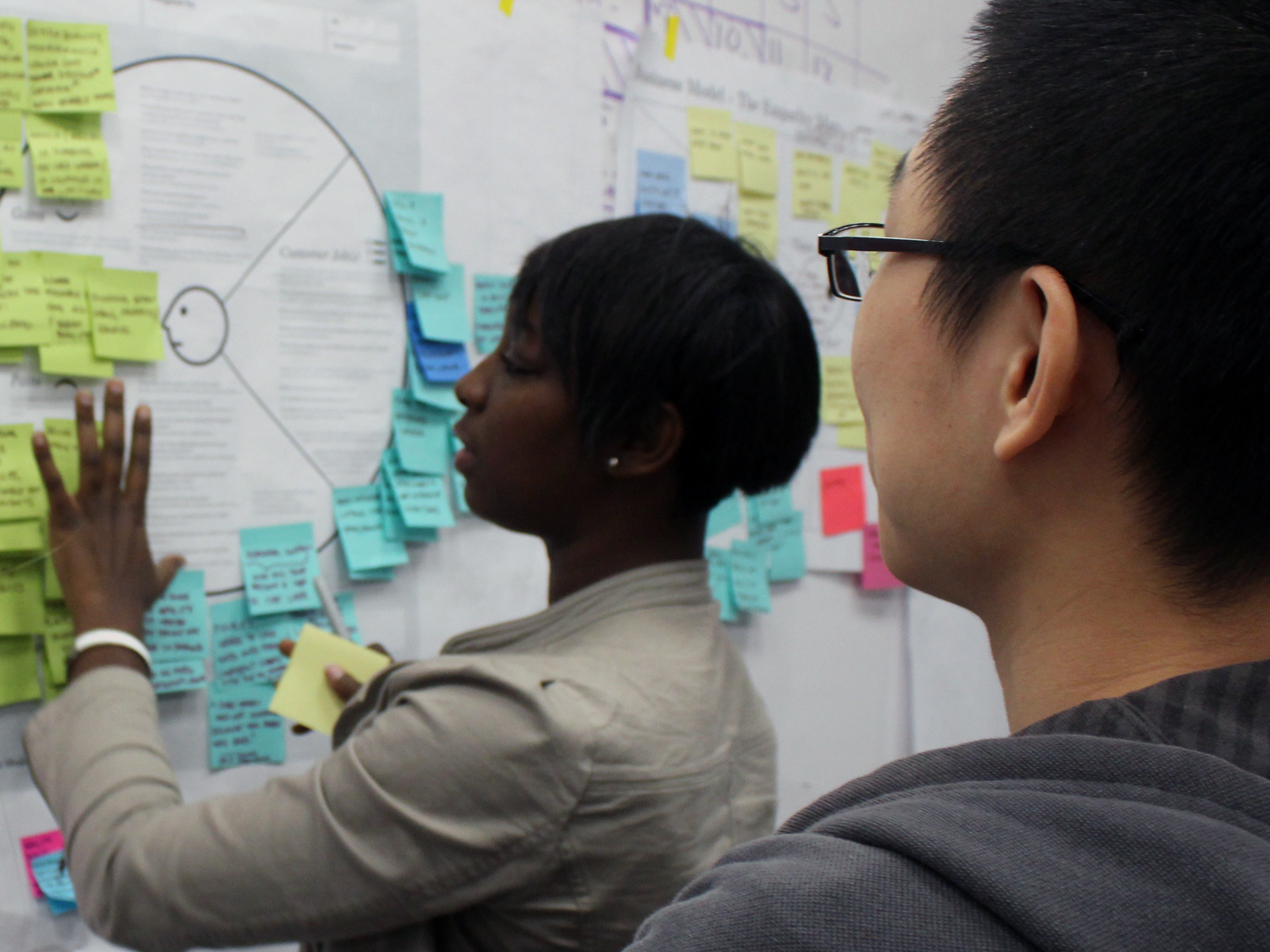
PROJECT SUMMARY
Nigeria is one of the world’s top producers of tomatoes with potential to produce even more than it is currently. However, a huge deficit exists due to an estimated 40% of tomato loss, all happening post harvest.
Within post harvest practices, the handling technologies account for much of this loss.
We worked with The Rockefeller Foundation to assess Post-Harvest handling technologies with the aim of reducing Post-Harvest Loss (PHL) in Nigeria’s tomato value chain.
Within post harvest practices, the handling technologies account for much of this loss.
We worked with The Rockefeller Foundation to assess Post-Harvest handling technologies with the aim of reducing Post-Harvest Loss (PHL) in Nigeria’s tomato value chain.
Our focus was the raffia basket, Nigeria’s primary tomato handling mechanism. We focused on this due to the main hypothesis that the majority of the loss happened while the fragile fruits were in the basket, on their post-harvest journey from farm to market.
After 12 weeks, we submitted rich data, recommendations, as well as prototypes of baskets to the Foundation and Pyxera Global for further action.
Today, mainly due to efforts from the initiative, tomato production has increased to about 2.3 million tonnes, from 1.7 million tonnes prior to the initiative.
Handling Technologies in the Tomato Value Chain
As Africa’s second largest producer of tomatoes and 13th in the world, (producing an estimated 2.4 million (MT) metric tons of tomatoes yearly), the country’s high demand for tomatoes, and deficit of about 700,000 tons carried huge consequences for the country, where tomato is a staple in daily meals.
About 40% of tomato ruin is due to Post-harvest loss (PHL), which is placed at about 750,000 metric tons. The deficit has also caused the country to greatly rely on imports to satisfy demand, with $1 billion spent yearly to import tomato paste, while 75 percent of the local harvest goes to waste.
About 40% of tomato ruin is due to Post-harvest loss (PHL), which is placed at about 750,000 metric tons. The deficit has also caused the country to greatly rely on imports to satisfy demand, with $1 billion spent yearly to import tomato paste, while 75 percent of the local harvest goes to waste.
Post-harvest loss occurs largely due to the main handling technology, in this case raffia baskets, used to hold and transport the tomatoes from harvest to market.
We worked with the Rockefeller Foundation to assess this main handling technology, as well as secondary technologies, with the aim of reducing PHL.
We worked with the Rockefeller Foundation to assess this main handling technology, as well as secondary technologies, with the aim of reducing PHL.
METHODS
CONTEXTUAL INQUIRY
IN-SITU OBSERVATIONAL RESEARCH
COMMUNITY ENGAGEMENT SESSIONS
QUANTITATIVE RESEARCH
PROTOTYPING
STAKEHOLDER REPORT BUILDING
IN-SITU OBSERVATIONAL RESEARCH
COMMUNITY ENGAGEMENT SESSIONS
QUANTITATIVE RESEARCH
PROTOTYPING
STAKEHOLDER REPORT BUILDING
From Market to Farm, and Back to Market
We immersed ourselves in the farms, homes and communities of about 300 farmers, basket weavers, and stakeholders, through in-situ observation, contextual inquiries and community engagement discussions. We focused not only on the journey of the tomatoes, but that of the baskets as well, from ‘market’, where the baskets are created, sold and purchased, to the farmers’ farms, and then to the tomato markets, where the produce is sold, and then to disintegration (or recycling in some cases).
(From Left to Right) IMAGE 1: BASKET MARKETS WERE PREDOMINANTLY FEMALE, AS THIS WAS A SOURCE OF INCOME FOR WOMEN IN THAT REGION IMAGE 2: CROWDED Tomato markets, MADE THE BASKETS’ JOB OF SECURING TOMATOES EVEN TOUGHER IMAGE 3: baskets are most times ‘recycled And RE-sold as used and for lesser prices.
PROTOTYPING
We tested different forms and shapes using paper explorations to more high fidelity prototypes using materials like raffia, the local ‘geza’, and bamboo. Testing with farmers and basket makers highlighted their affinities to new technologies and issues of trust in the ecosystem to still bring in income with new entrants.
To substantiate our findings during the qualitative research, we carried out quantitative research with close to 300 male and female tomato farmers from various Local Government Areas in the country’s top tomato producing locale. In doing this, we discovered patterns in farmers’ use of the current baskets, their level of affinity to new technology, as well as their expectations of price and value.
FINDINGS AND ANALYSIS
Gathering all the data collected, we systematically coded it into themes. This process helped to highlight the most important elements in the vast tomato production ecosystem that were relevant to reducing loss, beyond just the handling technologies.
Our research took us to several states in the country and across various industries beyond just agriculture. In synthesizing the data and sharing critical information with stakeholders, it was necessary to communicate the large ecosystem, while still giving attention to the nuances within the system that were at times ignored but had tangible impact on it. After analyzing the data collected, we represented key transactions into clear maps that highlighted key areas we wanted to give attention to in our recommendations.
Uncovering Key Players in the Post-Harvest Cycle
Our report held rich and vivid data, discoveries, recommendations and insights recorded and delivered to the Rockefeller Foundation. This was designed to inform and equip stakeholders’ actions, in the most seamless way, towards successfully handling tomatoes post-harvest.
Decreasing Post-Harvest Loss Over the Years
As of 2020, tomato production has increased from about 1.7 million tons to 2.3 million tons, thanks to this initiative, as well as others. Though national demand stands at about 3 million tons, the improvement over the years and the ongoing efforts being implemented continue to push towards growth.




